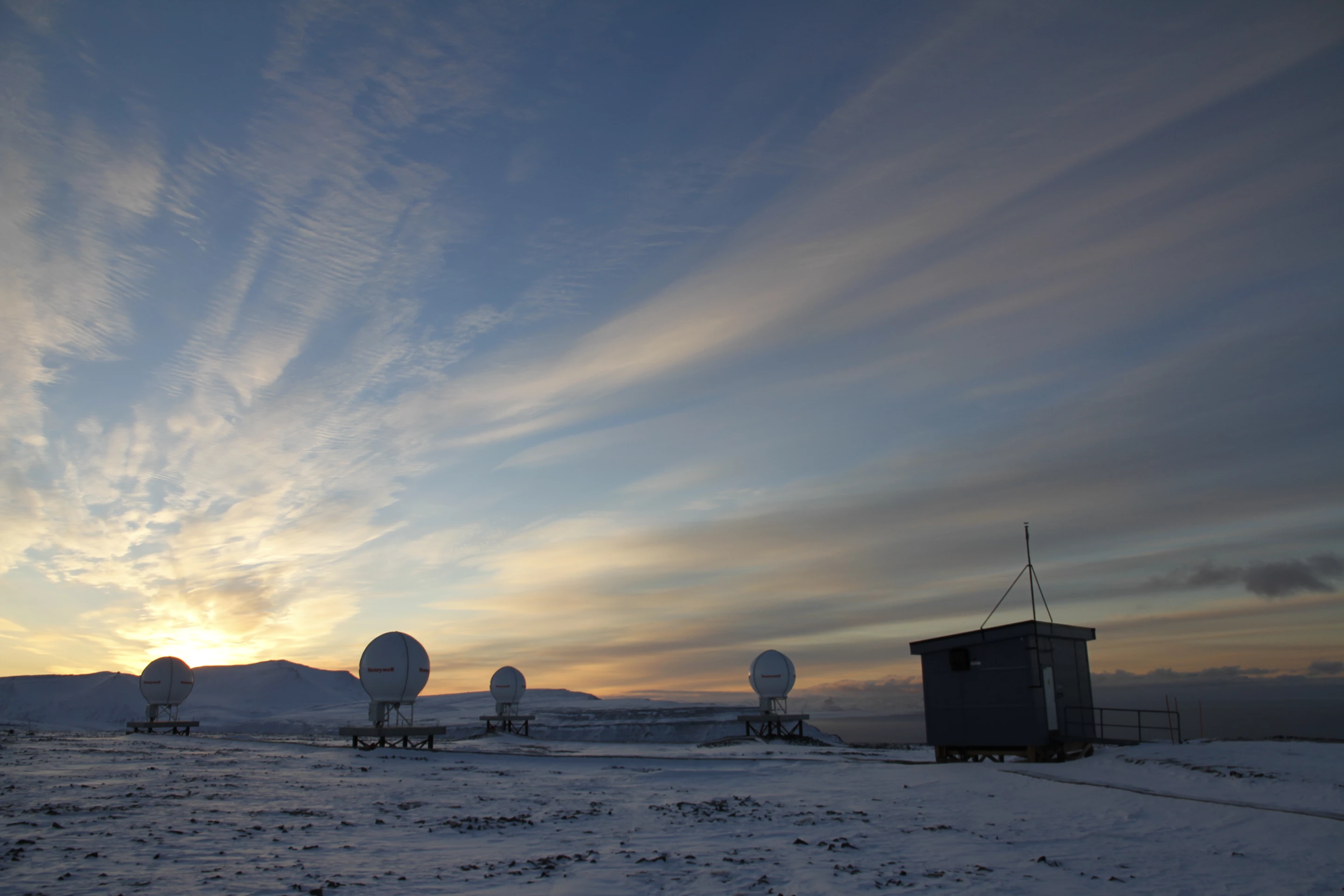Europe's Galileo satellite navigation system can now not only receive, relay, and locate distress beacon signals, it can also respond to the SOS, sending back an acknowledgement to those awaiting rescue that their location and call for help has been received and search and rescue services are responding. The new function became operational during the 12th European Space Conference in Brussels, which ran from January 21 to 22, 2020.
Global Navigation Satellite Systems (GNSS) have come a long way since the US Military introduced the first, Transit, in the 1960s. The technology not only revolutionized navigation to the point where anyone with a smartphone can pinpoint their location with the touch of an icon, but it's also having an increasing impact as more functions are added to that of basic navigation.
Today, there are four global satellite navigation systems and Galileo is a key part of the Cospas-Sarsat system founded in 1979 by Canada, France, Russia, and the US, with 24 out of the 26 Galileo satellites carrying an 8-kg (18-lb) search and rescue package next to the main antenna. According to ESA, the ability of the Galileo satellite constellation to receive and relay SOS signals saves up to 2,000 lives per year.

The Cospas-Sarsat, as it is currently configured, is a compromise between the original deployment of low-Earth-orbit satellites, which accurately pinpointed distress signals by measuring their Doppler shift but could only see small areas, and later payloads in geosynchronous orbit, where the system could see larger areas but couldn't measure Doppler shifts.
However, the Galileo constellation is composed of medium-orbiting satellites at an altitude of 23,222 km (14,429 mi) – high enough to see large areas of the Earth's surface, but low enough to locate an object within five minutes to within as little as a kilometer (0.6 mi). Distress signals are relayed to Medium-Earth Orbit Local User Terminals (MEOLUT) in the Spitsbergen Islands, Cyprus, and the Canary Islands under the coordination of a control center in Toulouse. The signals are then relayed to local search and rescue authorities.

Now, the system has a "return link" function that can send an acknowledgment back to the beacon transmitting the SOS in under a maximum of 30 minutes and in as little as one or two minutes.
"Anyone in trouble will now receive solid confirmation, through an indication on their activated beacon, informing them that search and rescue services have been informed of their alert and location," says ESA’s Galileo principal search and rescue engineer Igor Stojkovic. "For anyone in a tough situation, such knowledge could make a big difference."
The video below shows Cospas-Sarsat in action.
Source: ESA








